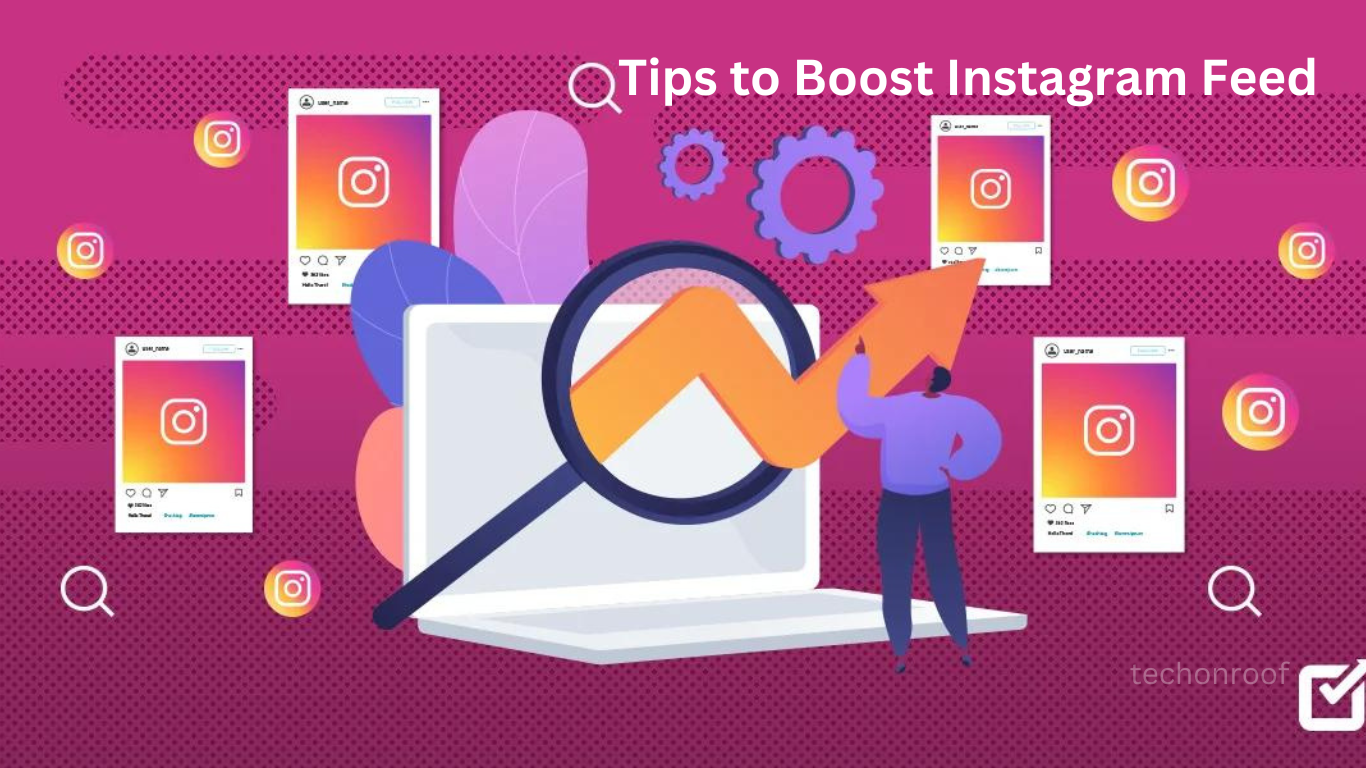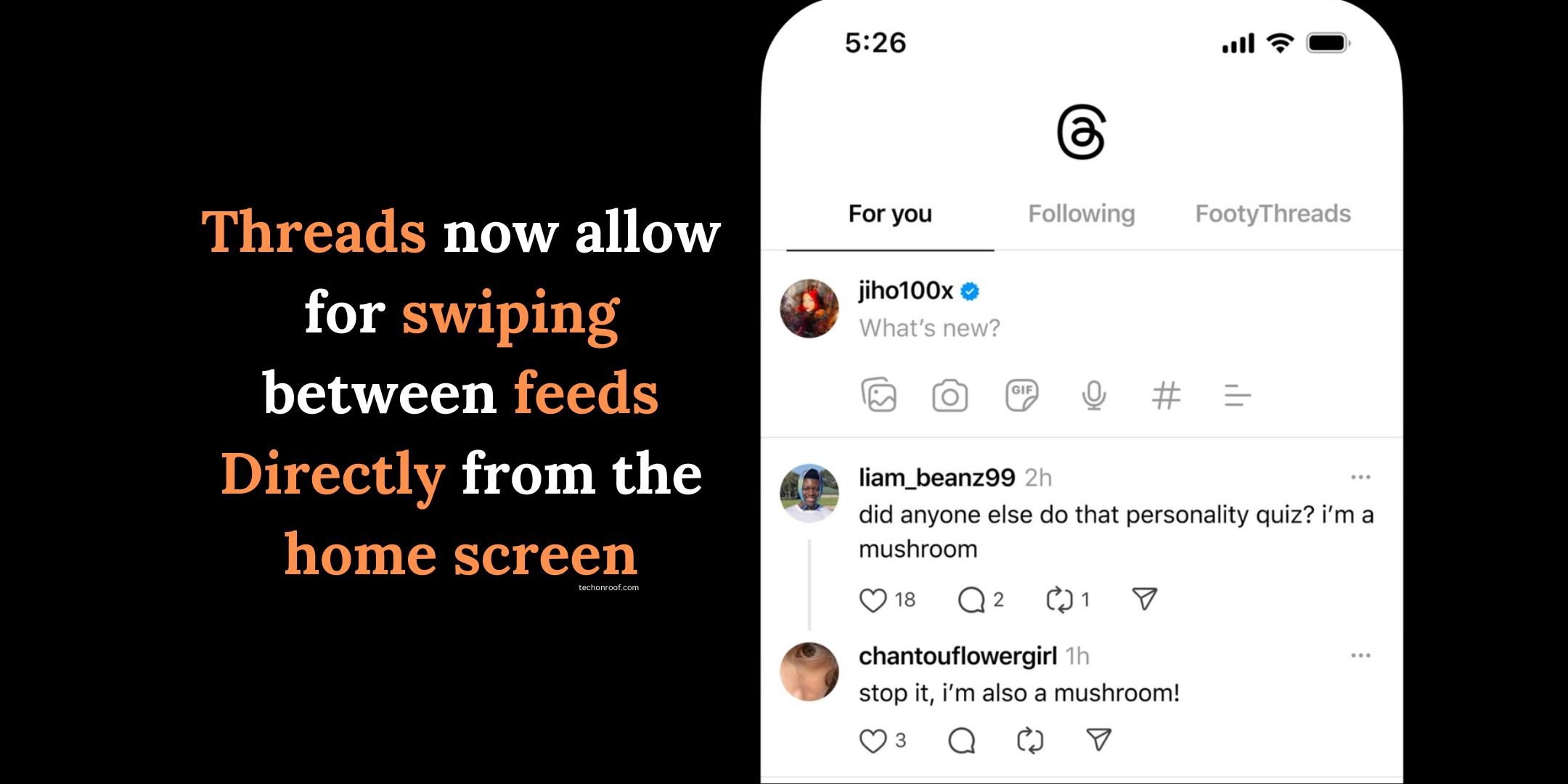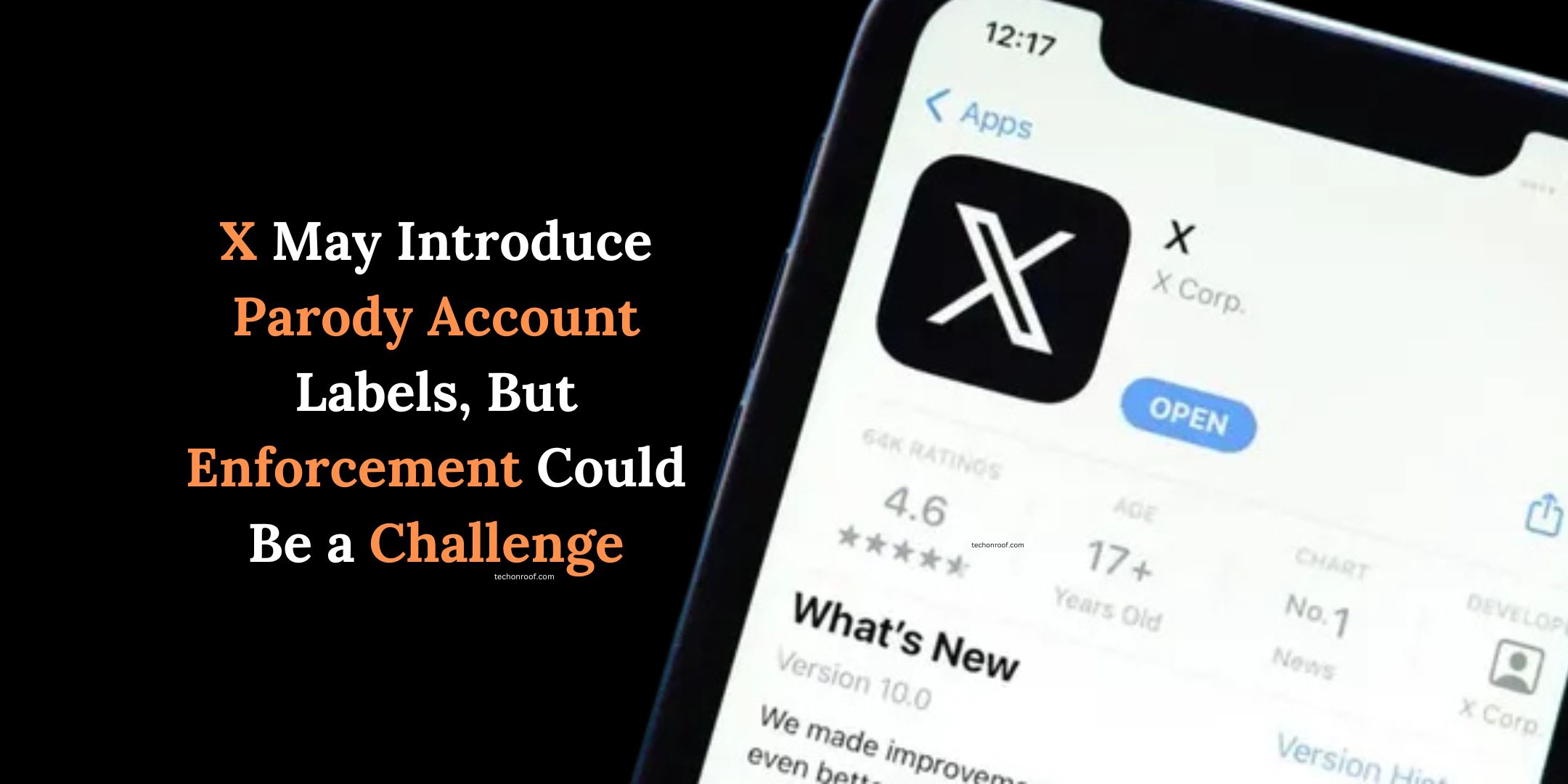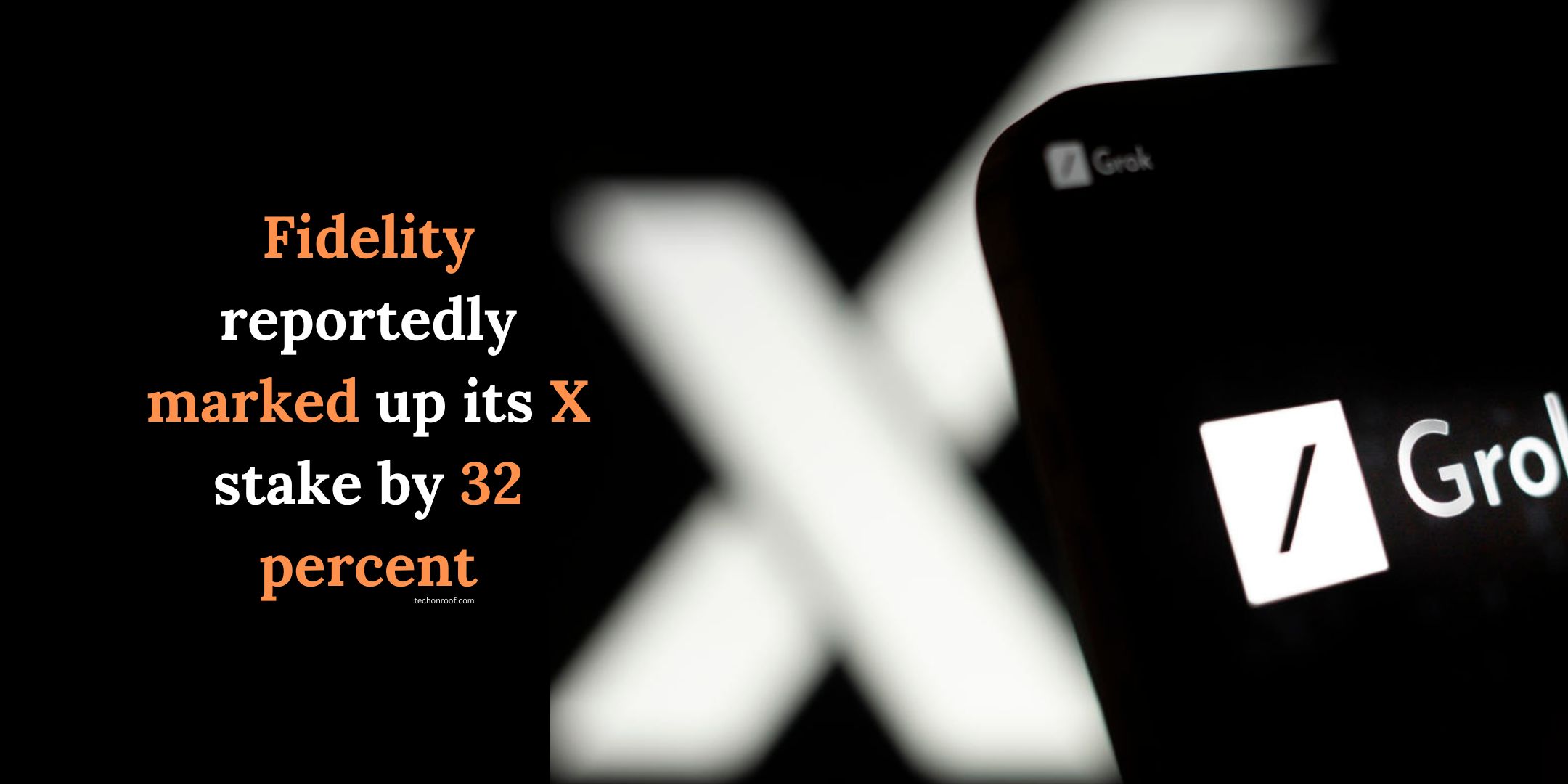Back in November 2020, Instagram made an important update to its search feature. Before, you could only search for profiles, hashtags, or locations. Now, you can search general keywords, and Instagram will show posts that include those keywords. This change has two major effects: First, the Instagram algorithm has been updated. Second, Instagram SEO tips to boost your feed visibility have become crucial for your marketing strategy.
Read More: What Does CLFS Mean on Instagram? Unlocking the Trendy Acronym
Most of us are familiar with SEO for Google, but it’s important to remember that social media platforms also have powerful search functions. With this update, optimizing your Instagram profile and posts for search is an excellent way to grow your reach and stay ahead of the competition.
In this guide, we will explain what Instagram SEO is, why it’s important, and show you five steps to optimize your account for Instagram search. These steps include:
- Identifying your keywords
- Setting key performance indicators (KPIs)
- Optimizing your bio
- Optimizing post descriptions (captions and hashtags)
- Adding alt text to images
What is Instagram SEO?
Instagram SEO is the process of optimizing your content so that your profile ranks higher in Instagram search results. Though it might not seem as exciting as live streams or ads, Instagram SEO is just as important. By following best practices for Instagram SEO which we will cover in detail you increase your chances of being found by users searching for keywords related to your business. This leads to more views, likes, and followers.
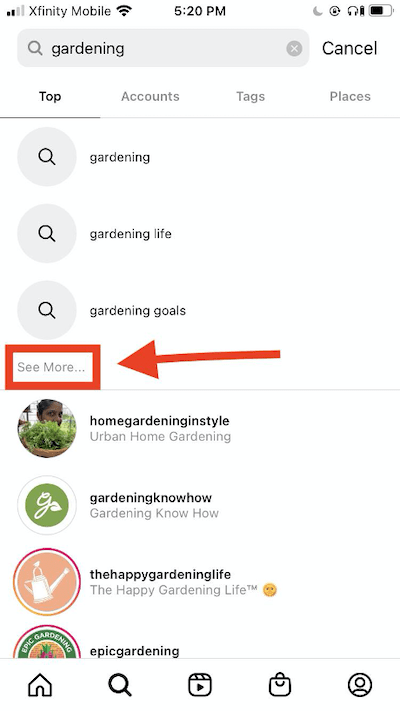
For example, if you’re sharing gardening content, you can type “gardening” into Instagram’s search bar and see suggested search results. Clicking “see more” expands the list to show more relevant content and accounts.
Instead of paying for an ad, businesses can make users aware of their products simply by optimizing posts for relevant keywords like “gardening ideas.” This is Instagram SEO in action.
It’s worth mentioning that while Instagram ads are an effective way to grow, Instagram SEO should complement ads, not replace them. Instagram SEO is also about more than just getting individual posts to rank for long-tail keywords (like “gardening ideas”). For instance, some users will search for broader terms like “gardening” and go directly to the top profiles related to that keyword. These top-ranked profiles didn’t get there by chance Instagram SEO played a role.
Why is Instagram SEO important?
Instagram SEO helps you connect with people who are actively searching for content related to your business on one of the world’s most popular social platforms.
Each time a user types a keyword related to your business, you have an opportunity to attract high-quality traffic to your profile and website. Instagram SEO is key to taking advantage of these opportunities, helping you engage with potential customers who are more likely to take action.
Do people really use Instagram to interact with businesses in this way? Absolutely. According to AdEspresso, over 200 million Instagram users visit a business profile every day, and 66% of those visits come from users who don’t follow the profile yet. Plus, 60% of users say they’ve discovered new products through Instagram.
This proves that many users see Instagram as a tool for discovering new businesses, brands, and products.
Although users also discover businesses through Instagram ads and the Explore tab, Instagram SEO is the only organic way to connect with users who are actively looking for what you offer.
4 Tips to Succeed with Instagram SEO

Now that we understand why Instagram SEO is important, let’s go over four steps to help you optimize your profile and posts.
1. Identify and prioritize your keywords
Which keywords do you want to rank for? This is the first question you need to answer before making any changes to your Instagram content.
You can use regular keyword research tools, such as:
- WordStream’s Free Keyword Tool
- SEMRush
- Ahrefs
Keep in mind that what your followers search for on Instagram may be different from what they search for on Google. You may want to use Instagram-specific tools like:
- Keyword.io’s Instagram hashtag tool
- Ingramer’s Hashtag Generator Tool
It’s important to distinguish between broad keywords (e.g., “gardening”) and specific, long-tail keywords (e.g., “gardening ideas”).
Broad keywords are searched often but usually have low commercial intent. Specific keywords are searched less but show higher commercial intent, meaning users are closer to making a purchase decision. Depending on your goals, you’ll need to decide which keywords to focus on.
2. Establish KPIs to measure success
To ensure your SEO efforts are working, you’ll need to measure their impact. Using Instagram Insights, the platform’s built-in analytics tool, track key performance indicators (KPIs) such as:
- Impressions
- Reach
- Profile visits
- Follower growth
- Website clicks
Tracking these metrics will help you understand what’s working and what needs adjustment.
3. Optimize your profile (username & bio)
Once you’ve identified your keywords and set your KPIs, it’s time to optimize your profile. This involves updating your username and bio to include your most valuable keywords.
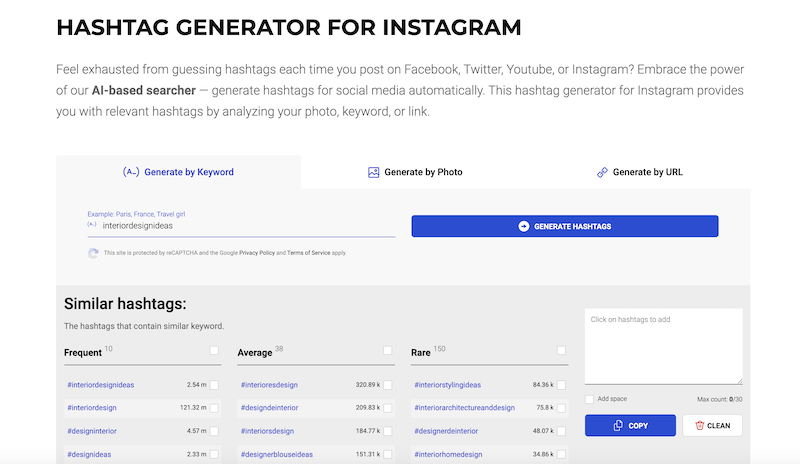
Your username should include your top keyword. For instance, a business that wants to rank for “gardening ideas” might incorporate that term directly into its username.
If your business already has a well-known name, you can include both your brand and your main keyword. For example, if a company called “Nellie’s” wanted to rank for “winter hats,” it could use a username like “winterhatsbynellie.”
In your bio, include any additional high-value keywords. This will help users find you when searching for those terms.
4. Optimize your individual posts (captions & hashtags)
Although optimizing your posts isn’t as critical as your username and bio, it’s still important. By targeting a high-value keyword in the caption of each post, you can increase the chances of appearing in search results.
Use the main caption to focus on a specific keyword, and add hashtags to support that keyword and include related terms.
For example, if you want a post to rank for “gardening ideas,” you might write: “Gorgeous rooftop garden in New York. Check out our profile for more #gardeningideas!” This reinforces the main keyword while targeting other related keywords through hashtags.
5. Add alt text to images
Like websites and blogs, Instagram allows you to add alt text to your images. When uploading a picture, go to the caption screen, select “Advanced Settings,” and add alt text in the “Accessibility” section.
This improves accessibility and boosts your Instagram SEO.
Conclusion: Don’t Neglect Instagram SEO
Instagram SEO is a free, high-impact strategy that can help you grow your reach, increase traffic, and drive more conversions. While it may not bring in as many results as paid ads, the potential return on investment is enormous. If you’re serious about growing your business through social media, Instagram SEO is essential.

